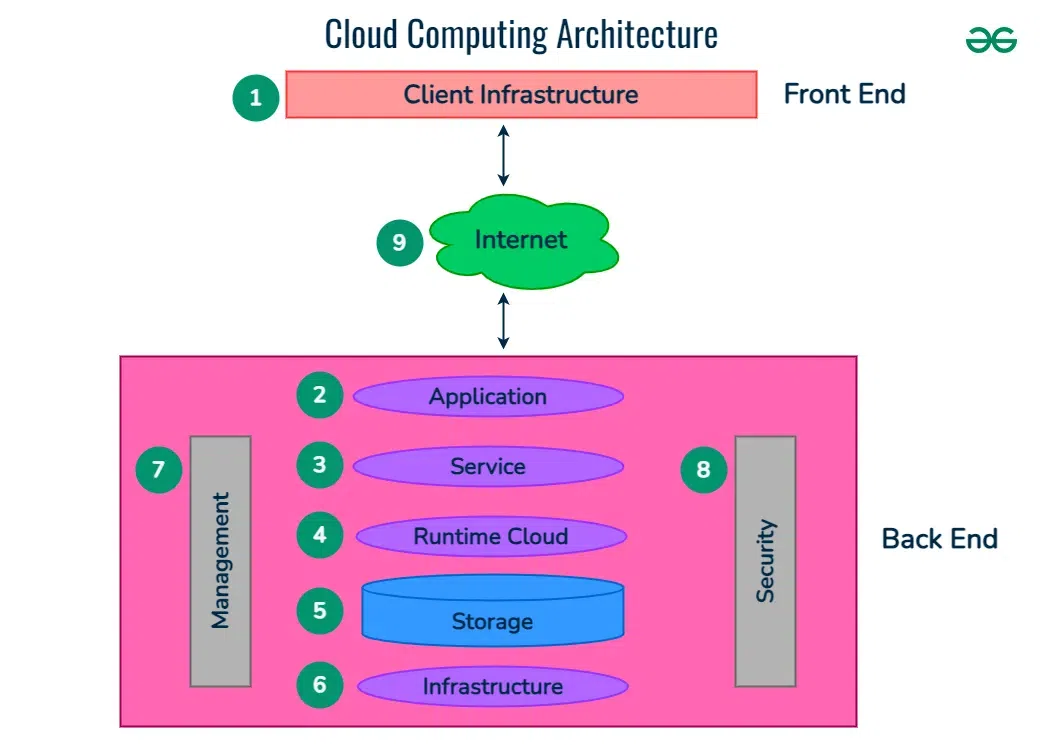Simplify Your Framework With Cloud Solutions
As services browse the ever-evolving landscape of innovation and data monitoring, the duty of cloud services in streamlining facilities has become increasingly prominent. The attraction of streamlined processes, boosted effectiveness, and improved source appropriation through cloud solutions is indisputable. The trip in the direction of a more agile and affordable IT infrastructure involves more than simply moving to the cloud. It requires a strategic technique and a deep understanding of the subtleties of cloud fostering. Just how can businesses effectively navigate this shift and absolutely open the potential of cloud solutions for streamlining their framework?
Benefits of Cloud Provider
Cloud solutions use a structured strategy to managing IT framework, giving organizations with cost-efficiency, adaptability, and scalability. One of the key benefits of cloud services is the scalability they supply. Organizations can quickly scale their sources up or down based upon need, guaranteeing they only spend for what they use. This versatility is specifically useful for businesses with varying needs or those experiencing growth.
Additionally, cloud services get rid of the requirement for businesses to invest in pricey equipment and software. This cost-efficiency is a substantial advantage, specifically for small to medium-sized enterprises wanting to minimize upfront prices. By making use of cloud services, organizations can access top quality IT sources without the substantial cost related to conventional framework arrangements.
Furthermore, cloud solutions supply organizations with the versatility to access their information and applications from anywhere with an internet connection. This level of access enhances cooperation among groups, allows remote job, and increases total performance. The adaptability supplied by cloud solutions empowers services to adjust rapidly to altering market problems and customer needs.
Price Savings and Scalability
Along with the functional advantages highlighted previously, the combination of cloud solutions into a company's infrastructure produces substantial cost savings and enhanced scalability. Cloud services use a pay-as-you-go design, permitting businesses to range sources up or down based upon existing requirements, consequently preventing the expenses related to preserving excess capability. This versatility allows business to adjust quickly to rising and fall needs without incurring unneeded expenditures.
Furthermore, cloud solutions remove the requirement for ahead of time investments in software and hardware, lowering resources expenses. Overhead are also minimized as companies no much longer require to handle and preserve physical web servers, leading to reduced power usage and IT staffing expenses. Furthermore, cloud services supply automatic updates and maintenance, making sure that the facilities remains current and protected without requiring hand-operated interventions.
Boosted Protection Actions
Executing rigorous security measures is critical when incorporating cloud solutions into a company's facilities to ensure and protect sensitive data compliance with market laws. Cloud service providers provide boosted protection features such as data encryption, firewall protection, and multi-factor verification to minimize cybersecurity dangers.
Moreover, routine security audits and compliance analyses aid determine susceptabilities and guarantee adherence to sector criteria. Business can also gain from functions like computerized protection updates and real-time risk monitoring supplied by cloud provider. By prioritizing protection steps and remaining proactive in dealing with possible risks, businesses can with confidence leverage cloud services while shielding their important information from unauthorized accessibility or breaches.
Transitioning to Cloud Facilities
To successfully integrate cloud try this services right into a company's facilities, a structured strategy that resolves the shift in the direction of cloud-based options is imperative. Transitioning to shadow facilities entails careful preparation and implementation to make certain a smooth movement procedure. The primary step is to examine the existing infrastructure and figure out which applications and systems are ideal for movement to the cloud. This assessment should think about factors such as information level of sensitivity, conformity requirements, and performance requirements.
When the evaluation is total, a migration approach should be developed. This strategy should outline the timeline, sources, and duties for relocating each element to the cloud. It is important to connect this strategy plainly to all stakeholders to make sure placement and minimize disruptions during the change.
During the migration testing, procedure and surveillance are vital to recognize and address any kind of concerns without delay. Normal checkpoints ought to be established to track development and make essential changes. Furthermore, training for employees on utilizing cloud solutions ought to be supplied to make certain an effective shift and make best use of the benefits of the new facilities.
Best Practices for Cloud Fostering
Successful fostering of cloud services hinges on the strategic placement of organization purposes with technical capabilities and business read this post here preparedness. To make sure a smooth shift to the cloud, companies must begin by performing an extensive analysis of their current facilities and recognizing which workloads are best fit for cloud movement. It is vital to involve crucial stakeholders from different divisions in the decision-making process to obtain buy-in and deal with any type of concerns beforehand.
Another ideal practice for cloud fostering is to focus on safety and conformity. Organizations should meticulously evaluate the safety actions supplied by cloud company and make sure that their information is protected according to sector standards and regulatory demands. Implementing durable data security, gain access to controls, and regular protection audits can help mitigate threats connected with cloud fostering.

Final Thought

As businesses navigate the ever-evolving landscape of modern technology and data management, the function of cloud solutions in streamlining infrastructure has ended up being significantly prominent - linkdaddy cloud services press release. How can companies successfully browse this change and truly unlock the capacity of cloud read services for simplifying their facilities?
Cloud solutions use a structured approach to managing IT infrastructure, offering companies with flexibility, cost-efficiency, and scalability. By utilizing cloud solutions, organizations can access premium IT resources without the hefty cost tag linked with conventional facilities configurations.
To make certain a smooth change to the cloud, organizations need to begin by conducting a thorough analysis of their existing facilities and identifying which workloads are best suited for cloud movement.